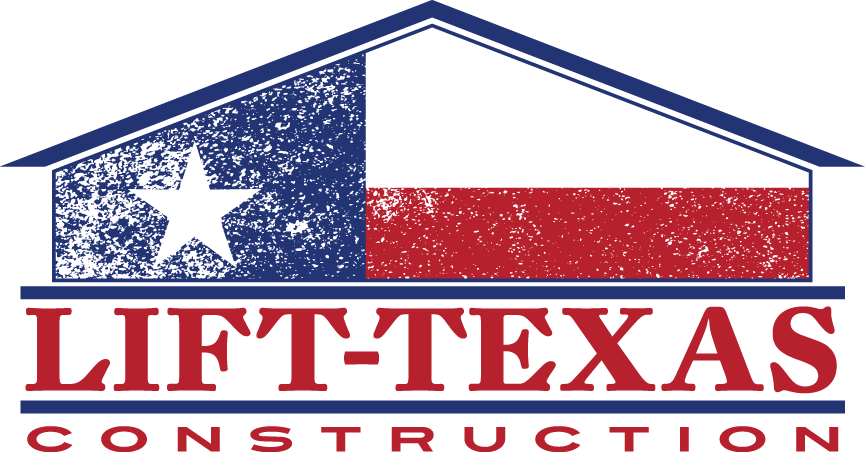Picture this: it’s a rainy day in DFW, and you notice your driveway has transformed into a mini lake. Water is pooling in places it shouldn’t, and you start to worry about what lies beneath. Poor drainage isn’t just a nuisance. It can really impact the stability of your driveway, leading to costly repairs and headaches. When drainage systems fail, water seeps into the ground, washing away the soil that supports your driveway. This erosion can cause serious issues, from cracks to full-blown sinking scenarios.
Maintaining a stable driveway is more than just an aesthetic choice; it’s about protecting your property and ensuring safety. A driveway that shifts or sinks can pose a risk to vehicles and pedestrians alike. Addressing drainage problems early on can help you avoid these issues. Let’s take a closer look at how poor drainage makes washouts more likely and what you can do to spot the signs before they become major problems.
Signs of Poor Drainage
Recognizing the signs of poor drainage can save you time, money, and potential headaches. Keep an eye out for these common indicators:
- Puddles and Water Pooling: After a downpour, check your driveway for standing water. Persistent puddles mean water isn’t draining as it should, signaling a drainage issue that needs investigation.
- Cracks and Depressions: Small cracks might seem harmless, but when they widen or form depressions, it can indicate underlying erosion. These imperfections suggest that the soil beneath is being washed away.
- Soil Erosion: Inspect the edges of your driveway. If you notice soil washing away, it may point to a drainage problem. Erosion can expose more of the driveway to damage, leading to further instability over time.
Identifying these signs early allows you to take action before the issues become severe. Catching problems in the early stages means you can prevent further damage and costly repairs. It’s all about paying attention to the warning signs and not letting small problems turn into significant issues.
Causes of Washout Under Driveways
Understanding what causes drainage issues can help you tackle the problem effectively. One primary cause is natural erosion. Over time, water can gradually wear away the soil, especially during heavy rains or in areas with high water tables. This isn’t something that happens overnight but can significantly affect your driveway if left unchecked.
Rainfall and flooding are major contributors as well. In areas like DFW, where unexpected weather changes are common, the intensity of rain can disrupt even well-constructed driveways. A heavy downpour forces water to flow rapidly, sometimes pooling before it can be appropriately drained away. If the drainage system is unable to handle this volume, it can lead to erosion underneath.
Sometimes, the root issue lies within the original construction. If the driveway was built without sufficient drainage systems or with improper slope and grading, water can easily seep in. An ill-designed driveway makes it easier for water to collect, leading eventually to soil washout and potential sinking.
Consequences of Ignoring Poor Drainage
Overlooking poor drainage paves the way for a host of problems, starting with the driveway structure itself. As erosion progresses, the driveway may start to settle. As settlement continues, cracks become inevitable, creating pathways for water to deteriorate the surface further.
Ignoring drainage concerns also leads to a sinking driveway, a costly problem requiring significant repairs. Vehicles can exacerbate the problem, applying pressure on an already compromised surface. This not only leads to more significant structural damage but also poses safety risks for pedestrians and vehicles.
Bad drainage doesn’t stop at the driveway. It can extend its impact to your home’s foundation and the surrounding landscape. Deteriorating soil can shift foundations, leading to expensive repairs. Landscaping might suffer too, with eroded soil affecting plant life.
Solutions and Prevention
Tackling drainage problems early can spare you a lot of trouble. It begins by seeking a professional assessment of your drainage system. An expert eye can identify issues you might miss, offering solutions for your driveway’s specific needs.
Improving drainage can involve several measures:
- Installing Drainage Channels: These channels direct water away from your driveway efficiently, preventing pooling and erosion.
- Regular Maintenance: Inspect your drainage system and driveway routinely to catch any shifting or cracks early on.
- Landscaping Adjustments: Redirecting water flow using plants or barriers ensures that runoff moves away rather than settling near your driveway.
Safeguarding Your Driveway in DFW
The weather in DFW can be unpredictable, adding another layer of complexity to driveway care. Protecting your driveway in such a climate requires consistent attention and preventive measures. Regular check-ups can catch small issues before they escalate, saving time and money in the long run.
Recognize the unique challenges that come with DFW’s weather. High temperatures followed by sudden storms demand a drainage system. By keeping an eye on weather patterns and preparing for extremes, you can ensure your driveway remains sound.
Taking these steps creates a more resilient driveway, capable of withstanding the elements of DFW. By addressing drainage problems promptly, you keep your driveway safe and durable, minimizing long-term risks and maintenance costs.
If you’re facing the challenges of a sinking driveway, it’s time to act. Visit Lift-Texas Construction to explore effective solutions tailored for you. Discover how our expertise in resolving drainage issues can protect your driveway from further damage, maintaining both its function and aesthetic appeal. For personalized service to safeguard your property in DFW, learn more about sinking driveway solutions.

